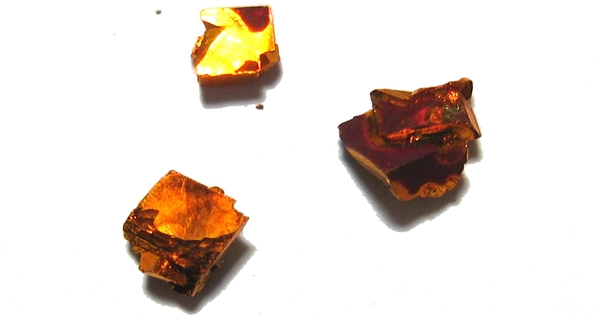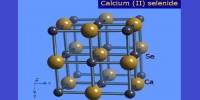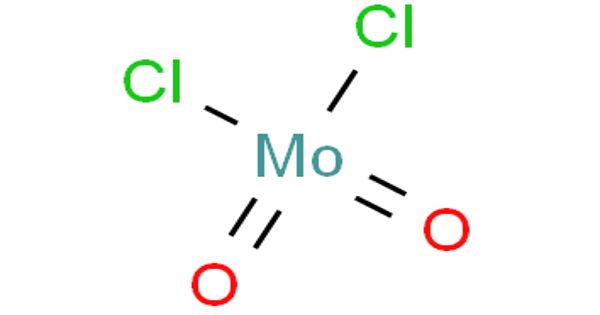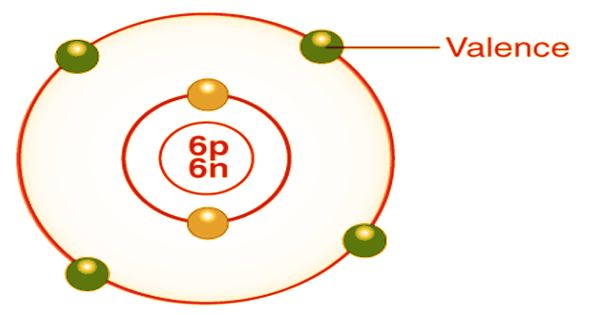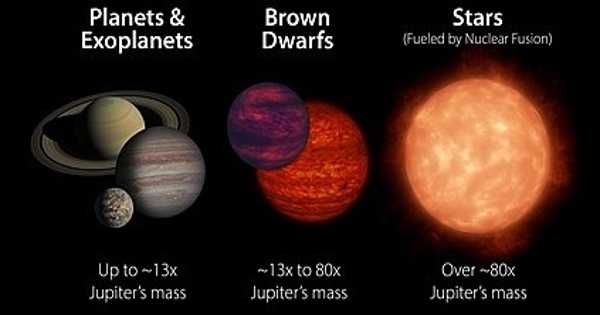Sodium tungsten bronze is a material that has interesting optical and electronic properties. It is a type of metal oxide that is composed of tungsten trioxide (WO3) and sodium oxide (Na2O) in a specific stoichiometric ratio. The exact ratio of tungsten to sodium can vary, but the most commonly studied formulation is Na0.33WO3.
Sodium tungsten bronze is a type of n-type semiconductor, meaning it has an excess of electrons that can move around freely. It has a unique optical property called “electrochromism,” which means that the material can change color when an electric field is applied to it.
Sodium tungsten bronze is an insertion compound with the formula NaxWO3, where x is equal to or less than 1. Because of its metallic luster, its electrical properties range from semiconducting to metallic depending on the concentration of sodium ions present; it can also exhibit superconductivity.
History
Sodium tungsten bronze, discovered in 1823 by chemist Friedrich Wöhler, was the first alkali metal bronze. Some of the properties of tungsten bronzes can be attributed to the relative stability of the tungsten(V) cation that is formed. A similar family of molybdenum bronzes was discovered in 1885 by Alfred Stavenhagen and E. Engels, but they form in a very narrow temperature range and were not reported again until the 1960s.
Properties
Like other tungsten bronzes, sodium tungsten bronze is resistant to chemical reactions in both acidic and basic environments. The color of the compound depends on the proportion of sodium in it, ranging from golden at x ≈ 0.9 to red, orange, and deep purple at x ≈ 0.3.
The electrical resistivity of bronze is proportional to the amount of sodium in the compound, with specific resistances of 1.66 mΩ measured for some samples. It has been proposed that electrons released when sodium atoms ionize easily pass through the tungsten t2g and oxygen π orbitals. This can be seen in the XPS and UPS spectra: as x increases, the peak representing the tungsten 5d band becomes more intense.
- Color: Sodium tungsten bronze is typically yellow in color.
- Electrical conductivity: It has good electrical conductivity and is often used in electrical applications.
- Optical properties: Sodium tungsten bronze exhibits interesting optical properties, including a high refractive index and a strong absorption in the infrared region of the electromagnetic spectrum.
- Thermal stability: It is thermally stable and can withstand high temperatures without degrading.
- Mechanical properties: Sodium tungsten bronze is relatively hard and has a high resistance to wear and abrasion.
Application
This property has led to its use in smart windows, which can be adjusted to control the amount of light that passes through them. Sodium tungsten bronze also has potential applications in other areas such as electrochromic displays, energy storage devices, and photocatalysis. Its electronic and optical properties make it a promising material for these and other applications.
STB has also been studied for its potential use in energy storage applications, such as batteries and supercapacitors, due to its high electrochemical activity and ability to intercalate ions. However, further research is needed to fully understand and optimize its properties for these applications.
